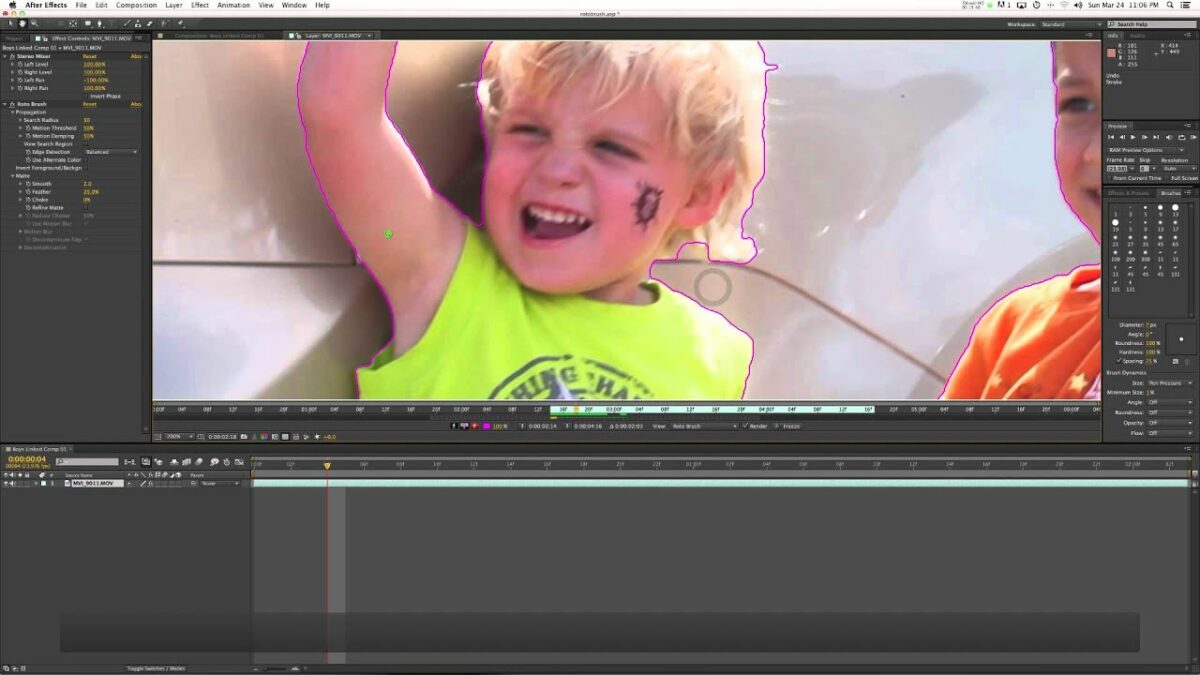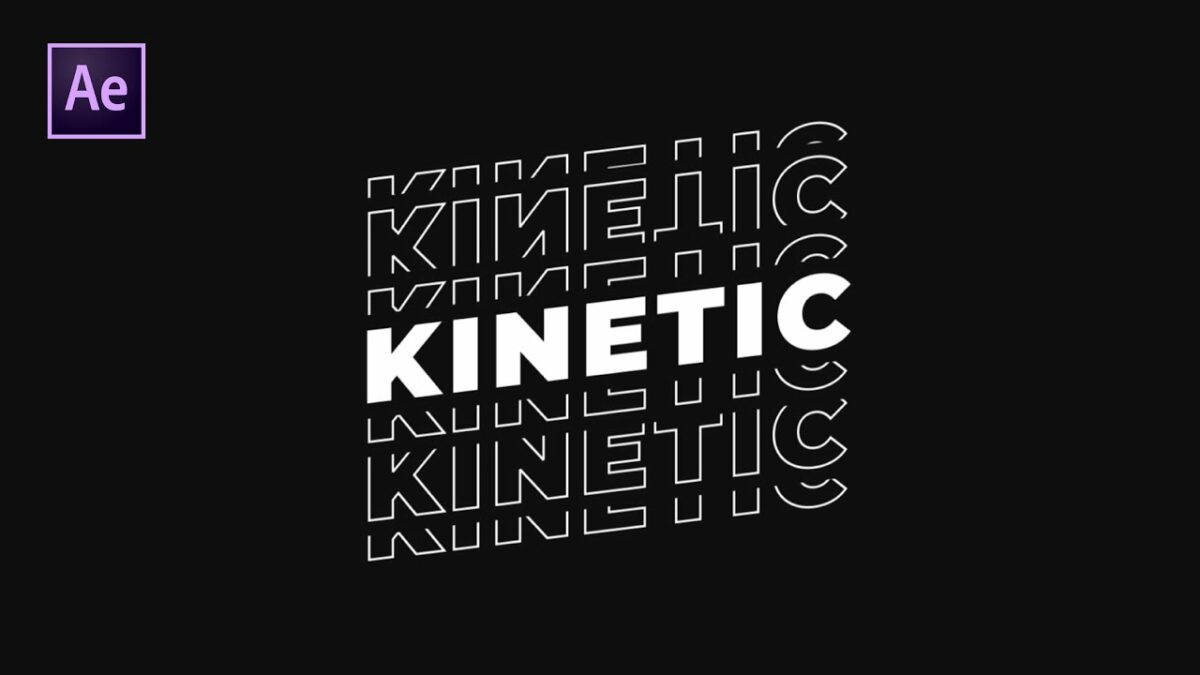Introduction: Holograms have long captured the imagination of storytellers, filmmakers, and futurists, offering a glimpse into a world where reality and illusion seamlessly intertwine. With Adobe After Effects, you can bring this futuristic vision to life by creating captivating hologram effects that add depth, dimension, and intrigue to your motion graphics, visual effects, and video projects. In this extensive guide, we’ll delve into the step-by-step process of creating a hologram effect in After Effects, covering everything from basic setup to advanced techniques, ensuring that you can harness its full creative potential with confidence and ingenuity.
Understanding the Hologram Effect: The hologram effect simulates the appearance of a three-dimensional projection, often characterized by its ethereal, translucent quality and dynamic movement. This effect is inspired by the holographic technology seen in science fiction films and is used to add a sense of futuristic sophistication and mystique to compositions. By combining techniques such as chroma keying, particle systems, and animation, users can create hologram effects that range from subtle overlays to intricate, interactive projections.
Basic Setup: To create a hologram effect in Adobe After Effects, follow these steps:
- Create a New Composition: Launch After Effects and create a new composition by selecting “Composition” > “New Composition” from the menu. Set the desired dimensions, frame rate, and duration for your composition.
- Import Footage or Images: Import the footage or images you want to use as the basis for your hologram into your After Effects project. Drag the footage or images into the composition timeline to create new layers.
- Apply the Hologram Effect: With the layer selected, go to the Effects & Presets panel and search for hologram-related effects such as “Hologram,” “HoloMatrix,” or “HoloLens.” Drag the hologram effect onto the layer in the timeline to apply it.
- Adjust Effect Settings: With the layer selected, navigate to the Effect Controls panel to adjust the settings of the hologram effect. Experiment with parameters such as transparency, distortion, colorization, and movement to achieve your desired hologram effect.
Exploring Effect Properties: The hologram effect offers a variety of controls for customizing the appearance and behavior of the hologram projection. Here are some key properties to explore:
- Transparency: Adjust the transparency of the hologram to control its opacity and visibility. Increase the transparency value to make the hologram more translucent, or decrease it for a more solid appearance.
- Distortion: Apply distortion effects to simulate the appearance of a hologram projection. Use effects such as displacement mapping or turbulence to add dynamic movement and depth to the hologram effect.
- Colorization: Customize the colorization of the hologram to achieve the desired aesthetic. Experiment with color gradients, tints, or overlays to create vibrant, otherworldly hues that enhance the holographic illusion.
- Movement: Animate the movement of the hologram to create dynamic and engaging visual effects. Use keyframe animation to animate parameters such as position, rotation, scale, and opacity, adding motion and life to the hologram projection.
Advanced Techniques: Once you’re familiar with the basic setup and effect properties of the hologram effect, you can explore advanced techniques to enhance your holographic compositions:
- Chroma Keying: Use chroma keying techniques to isolate and extract elements from footage or images to create holographic projections. Apply effects such as Keylight or Ultra Key to remove the background from the source footage, leaving behind the desired subject for the hologram projection.
- Particle Systems: Incorporate particle systems to add depth and complexity to the hologram effect. Use effects such as Particle World or Particular to generate particles that interact with the hologram projection, adding visual interest and dynamism to the composition.
- Interactive Elements: Create interactive holographic elements that respond to user input or environmental cues. Use expressions or scripting to link the parameters of the hologram effect to control sliders, checkboxes, or audio inputs, allowing for dynamic and responsive holographic projections.
- Texture Mapping: Apply texture overlays or displacement maps to add texture and detail to the hologram effect. Use effects such as Fractal Noise or Turbulent Displace to add noise, distortion, or texture to the hologram projection, enhancing its visual impact.
- Projection Mapping: Simulate the appearance of a holographic projection by mapping the hologram effect onto a three-dimensional object or surface. Use techniques such as projection mapping or 3D tracking to align the hologram projection with the geometry of the scene, creating a seamless and immersive holographic experience.
Practical Applications: The hologram effect can be used in a variety of creative projects to add visual interest, storytelling depth, and immersive experiences. Here are some practical applications:
- Science Fiction Films: Create captivating holographic displays, interfaces, or characters for science fiction films. Use hologram effects to visualize futuristic technology, convey otherworldly environments, or enhance the sense of wonder and awe in the storytelling.
- Music Videos: Produce visually striking music videos with dynamic hologram effects. Use hologram projections to complement the rhythm and mood of the music, adding a sense of energy and spectacle to the visuals.
- Product Demonstrations: Showcase products or concepts with interactive holographic presentations. Use hologram effects to highlight key features, demonstrate functionality, or engage audiences with immersive and memorable experiences.
- Educational Content: Illustrate complex concepts and ideas with interactive holographic simulations. Use hologram effects to visualize scientific phenomena, historical events, or abstract concepts, making learning engaging and accessible.
- Live Events: Enhance live events and performances with holographic displays and projections. Use hologram effects to create dynamic stage visuals, interactive installations, or immersive environments that captivate and inspire audiences.
Conclusion: The hologram effect in Adobe After Effects offers a powerful and versatile tool for creating captivating and immersive visual experiences. By mastering its basic setup, exploring effect properties, and experimenting with advanced techniques, you can unleash your creativity and produce stunning holographic compositions that captivate your audience. Whether you’re a filmmaker, motion graphics designer, or visual effects artist, the hologram effect provides endless possibilities for creative expression and storytelling. So, dive in, experiment, and unleash the full creative potential of the hologram effect in Adobe After Effects.


